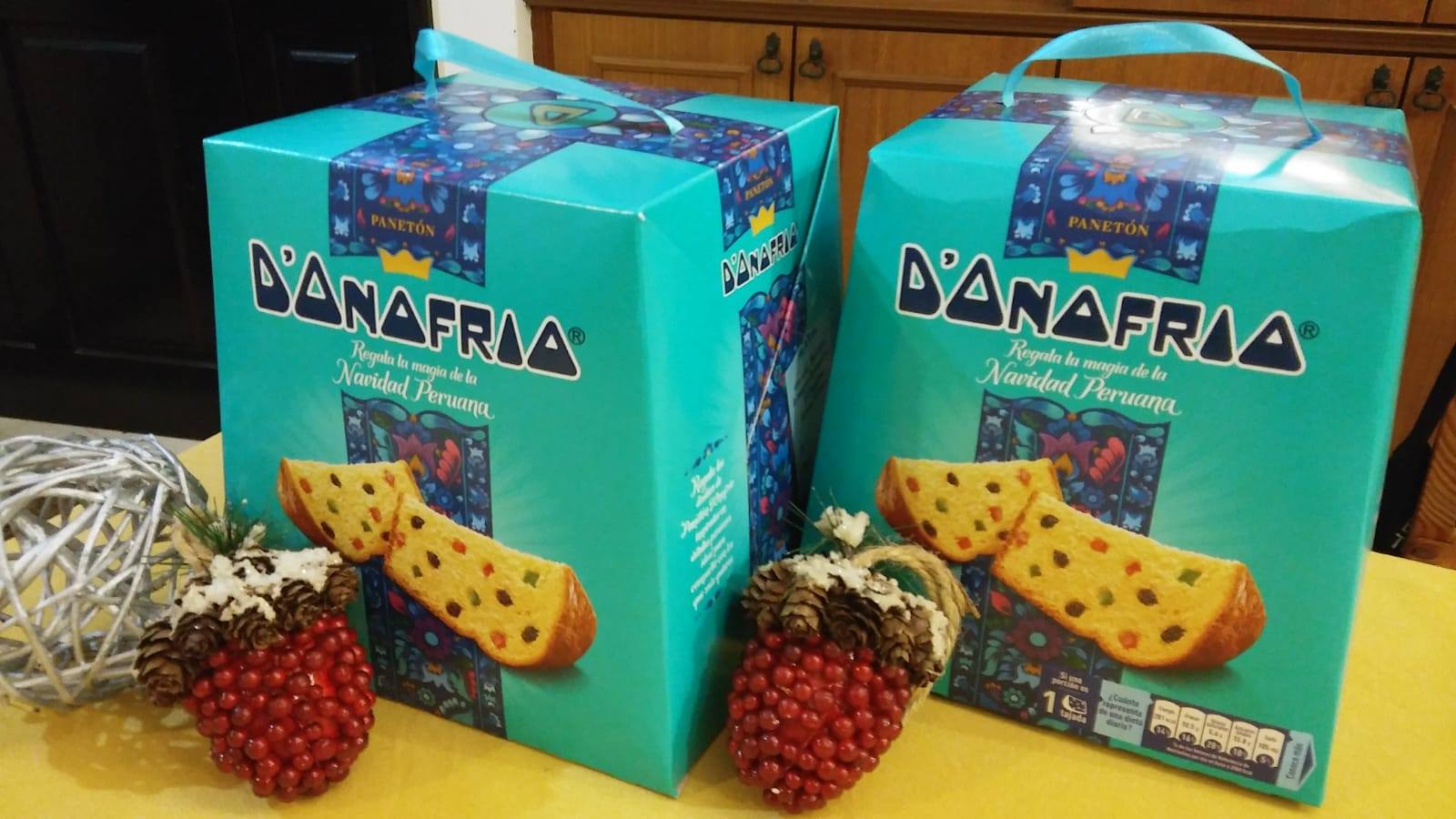Your cart is currently empty!

The Peruvian Panetón: how a Milanese cake became Peru’s most beloved Christmas bread
There are foods that arrive and stay. Then there’s panetón — the towering, fruit-studded sweet bread that each December fills Peruvian homes with the smell of butter, citrus peel and cinnamon. To many Peruvians, panetón feels more local than foreign: it’s breakfast with hot chocolate on Christmas Eve, an office gift, and sometimes even a July celebration treat. But its story begins far from the Andes, in the bakeries of northern Italy — and travels through migration, entrepreneurship and local creativity to become the panetón we know today.
The panettone originated in Lombardy, around Milan, where a dome-shaped, highly aerated sweet bread became associated with Christmas. Its exact beginnings are wrapped in legend — one popular tale credits a kitchen helper named “Toni” whose improvised rich bread won the duke’s favor — but documentary mentions of a Christmas “sweet bread” in northern Italy go back centuries. The modern, tall, airy panettone as we recognize it was refined into larger-scale production in the late 19th and early 20th centuries.
Like many culinary arrivals to Latin America, panettone crossed the ocean with Italian immigrants and entrepreneurs. In Peru this happened across the late 19th and 20th centuries, when Italian families and small businesses introduced their confectionery traditions to Lima and other coastal cities. Over the decades the imported panettone was adopted by Peruvian bakers and food companies, who made it widely available and affordable, eventually turning it into a national Christmas staple. Peru today consumes enormous quantities of this cake every holiday season, and panetón shelves appear in supermarkets throughout December (and increasingly at other times of year).
Part of the panetón phenomenon in Peru is tied to entrepreneurs who scaled confectionery production. The D’Onofrio brand — founded by an Italian immigrant family in Peru in the late 19th century and now widely known across the country — became closely associated with panetón and other sweets, helping make panetón an affordable, mass-produced treat for generations of Peruvians. Large-scale production, distribution networks and seasonal marketing helped cement panetón into national custom.
Peru didn’t just copy the Italian original; bakers and food makers reinvented panetón in distinctly Peruvian ways. Two important patterns explain this reinvention:
- Flavor experimentation and local ingredients: While classic panettone features raisins and candied citrus peel, Peruvian bakers have created many local variations — the chocotón (with chocolate chips), panetones flavored with chicha morada or regional spices, and artisanal loaves that incorporate native grains or flours. In some Andean areas you’ll even find versions enriched with potato or tuber flours, amaranth, quinoa or other local touches that reflect Peru’s broader culinary palette.
- Everyday ritual and new pairings: In Italy panettone is a Christmas delicacy; in Peru it quickly became integrated into daily holiday rituals. Panetón is commonly eaten for breakfast or as an afternoon treat, often toasted, smeared with butter or jam, or paired with a steaming cup of thick “chocolate de olla” (hot pot chocolate). Many schools, companies and charities host “chocolatadas” in December — gatherings where panetón and hot chocolate are shared — turning the bread into a symbol of community and giving.
Peruvian panetón’s popularity has produced both mass-market choices and a thriving artisanal scene. Supermarket aisles groan with dozens of brands and flavors each December, while small bakeries and chefs experiment with premium ingredients and novel fillings (dulce de leche/manjar, exotic chocolates, even savory-sweet hybrids). For many Peruvians the panetón is more than a cake: it’s a seasonal ritual that ties family, memory and taste together.
Part of panetón’s success in Peru is practical — it’s a celebratory, easy-to-serve item that travels well and keeps for days — and part of it is emotional. Paired with hot chocolate, shared at midnight mass or sliced for a neighbor, panetón carries the joy of the holidays. Over time, Peruvian bakers and companies have made the product their own, innovating while keeping the warm, familiar flavors that mark the season.
From Milanese legend to Peruvian table, panettone’s journey is a culinary example of how foods migrate and transform. In Peru the cake was embraced, industrialized and lovingly reinvented — and in doing so it became, paradoxically, both global and distinctly Peruvian. This December, whether you enjoy a classic panetón, a chocotón or a quinoa‑infused artisanal loaf, remember you’re tasting centuries of tradition and a history of cultural exchange.


Leave a Reply